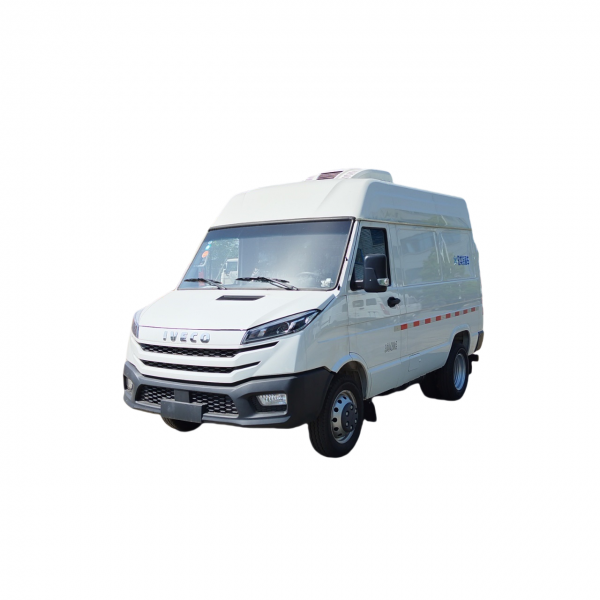Introduction
Truck-mounted cranes play a crucial role in various industries, including construction, transportation, and logistics. These versatile machines are designed to lift and move heavy loads with precision and efficiency. Over the years, advancements in technology and engineering have led to significant improvements in truck-mounted crane design, enhancing their performance, safety, and versatility. In this article, we will explore the evolution of truck-mounted crane design, the key components of a modern truck-mounted crane, and the latest advancements in the field.
Evolution of Truck-Mounted Crane Design
The concept of using cranes mounted on trucks for lifting and moving heavy loads dates back to the early 20th century. Initially, truck-mounted cranes were simple machines with basic hydraulics and limited lifting capacity. However, as the demand for more powerful and versatile cranes grew, manufacturers began to innovate and improve the design of these machines.
One of the key advancements in truck-mounted crane design was the development of telescopic booms. Telescopic booms allow the crane to reach greater heights and extend its reach, making it more versatile and capable of handling a wider range of lifting tasks. In addition to telescopic booms, manufacturers also started incorporating hydraulic systems for smoother and more precise control of the crane's movements.
Another significant evolution in truck-mounted crane design was the introduction of advanced safety features. Modern truck-mounted cranes are equipped with safety devices such as overload protection systems, emergency stop buttons, and anti-collision systems to prevent accidents and ensure the safety of operators and bystanders.
Key Components of a Modern Truck-Mounted Crane
A modern truck-mounted crane consists of several key components that work together to lift and move heavy loads efficiently and safely. These components include:
1. Tanker truck pumping capacity : The boom is the arm of the crane that extends and retracts to reach the desired height and distance. Modern truck-mounted cranes are equipped with telescopic booms made of high-strength steel or aluminum for durability and maximum lifting capacity.
2. Hydraulic System: The hydraulic system powers the crane's movements, including lifting, lowering, and slewing. It consists of hydraulic cylinders, pumps, valves, and hoses that work together to control the crane's operations smoothly and precisely.
3. Counterweights: Counterweights are added to the crane to balance the load and prevent tipping during lifting operations. Modern truck-mounted cranes are designed with adjustable counterweight systems that allow operators to adjust the counterweights based on the load being lifted.
4. Control System: The control system of a truck-mounted crane includes joysticks, buttons, and other controls that enable the operator to maneuver the crane with precision. Some modern cranes are equipped with remote control systems for enhanced safety and convenience.
5. Safety Features: Safety is a top priority in truck-mounted crane design, and modern cranes are equipped with a range of safety features to protect operators and bystanders. These features include overload protection systems, emergency stop buttons, load moment indicators, and anti-collision systems.
Latest Advancements in Truck-Mounted Crane Design
In recent years, there have been several notable advancements in truck-mounted crane design aimed at improving performance, efficiency, and safety. Some of the latest innovations in the field include:
1. Load-Sensing Technology: Load-sensing technology is a cutting-edge innovation that allows the crane to adjust its lifting capacity based on the weight of the load. This helps optimize the crane's performance, reduce energy consumption, and prevent overloading.
2. Hybrid Power Systems: Hybrid power systems combine traditional diesel engines with electric motors to improve fuel efficiency and reduce emissions. Some manufacturers are incorporating hybrid power systems into truck-mounted cranes to make them more environmentally friendly and cost-effective.
3. Advanced Telematics: Telematics systems enable real-time monitoring of the crane's performance, location, and maintenance needs. By collecting and analyzing data, operators can optimize the crane's utilization, identify potential issues early, and improve overall efficiency.
4. Enhanced Safety Features: Manufacturers are continuously enhancing the safety features of truck-mounted cranes to reduce the risk of accidents and injuries. Some of the latest safety innovations include automatic collision avoidance systems, camera monitoring systems, and intelligent load control systems.
5. Lightweight Materials: The use of lightweight materials such as high-strength aluminum alloys in crane construction helps reduce the overall weight of the crane without compromising lifting capacity or durability. Lightweight cranes are easier to transport and operate, making them ideal for a wide range of applications.
Conclusion

Truck-mounted cranes have come a long way since their humble beginnings, thanks to ongoing innovation and advancements in design and technology. Modern truck-mounted cranes are safer, more efficient, and more versatile than ever before, making them indispensable tools in various industries. As manufacturers continue to push the boundaries of crane design, we can expect to see even more advancements that further improve performance, efficiency, and safety in the years to come.
